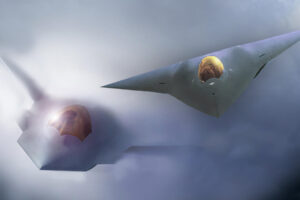Starting on December 7, Jews will celebrate the eight-day festival of Hanukkah, commemorating the rededication of Jerusalem’s Second Temple in 200 BC.
Hanukkah is sometimes referred to as the Jewish Christmas, but the festival has nothing to do with Jesus’ birth.
Instead it commemorates the rededication of the Second Temple in Jerusalem around 200 BC, where the legend goes that the Jews had risen up against their Greek-Syrian oppressors in the Maccabean Revolt. In fact, the word Hanukkah means “rededication.”
Under Greek rule, the Jews were not allowed to practice their religion for two centuries, until they reconquered Jerusalem in 164 BC. After cleansing the Second Temple and rebuilding its altar, they found a jar of oil that was enough only to keep the candles of a menorah (an eight-branched candelabrum) burning for a day. However, they burned for eight days.
That is why Hanukkah is celebrated over eight days, with a candle being lit each day after dark.
Although people commonly use the term menorah, what is lit during Hanukkah is the hanukkiah, a nine-branched candelabrum. The ninth holder is intended for the “helper” (known in Hebrew as shamash), the candle that is used to light the other eight candles after the blessing (brachot).
The phase of the moon determines the date of the Jewish Festival of Lights. It always begins on the 25th day of the month of Kislev, the ninth month in the Jewish calendar, which is why the date changes in the Gregorian calendar. In 2022, Hanukkah begins on December 18.
Gifts were originally not part of the festivities.
However, Hanukkah has become more commercial over the years, so it is customary to give gifts, especially to children. People enjoy eating dishes deep-fried in oil, including round jelly doughnuts (sufganiyot) and potato pancakes (latkes).
Source : DW









